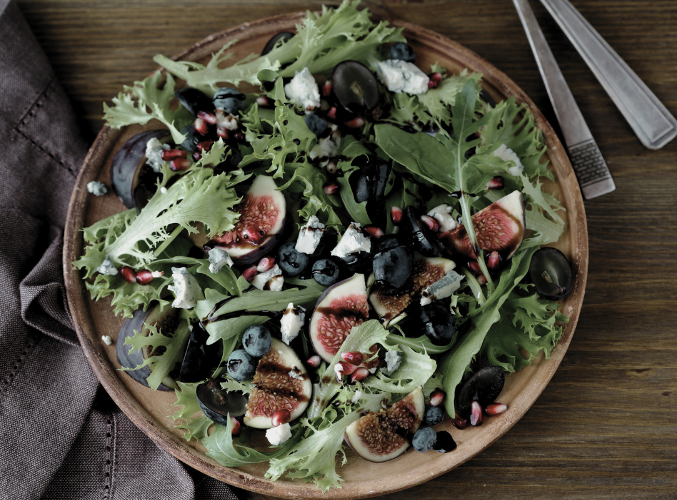

Mindfulness in a Mug: An Introduction to the Swedish Fika Tradition
Summary
Reflection Questions
Journal Prompt
At the heart of Swedish culture lies a charming, yet unassuming tradition known as Fika, a concept and custom that is much more than a mere coffee break. This article delves into the quintessence of Fika, exploring its dual role as a mindful practice and a potential antidote to the often frenetic pace of the holiday season. Fika, essentially a moment to slow down, savor a warm beverage, and often accompanied by a sweet treat, offers a unique perspective on mindfulness—a practice increasingly recognized for its benefits in managing stress, particularly pertinent during the busy holiday months. Here, we will explore how integrating Fika into our holiday routines not only nurtures a sense of calm but also enhances our overall holiday experience, inviting us to engage in moments of tranquility and connection amidst the end-of-year hustle.
The Origins of Fika
Fika, deeply rooted in Swedish culture, has evolved from a 19th-century concept to a cherished daily ritual in modern Sweden. Historically, this tradition emerged as a social institution, a response to the rigors of Sweden’s industrial era, offering workers a cherished pause in their day.
Etymolygy of the Word Fika
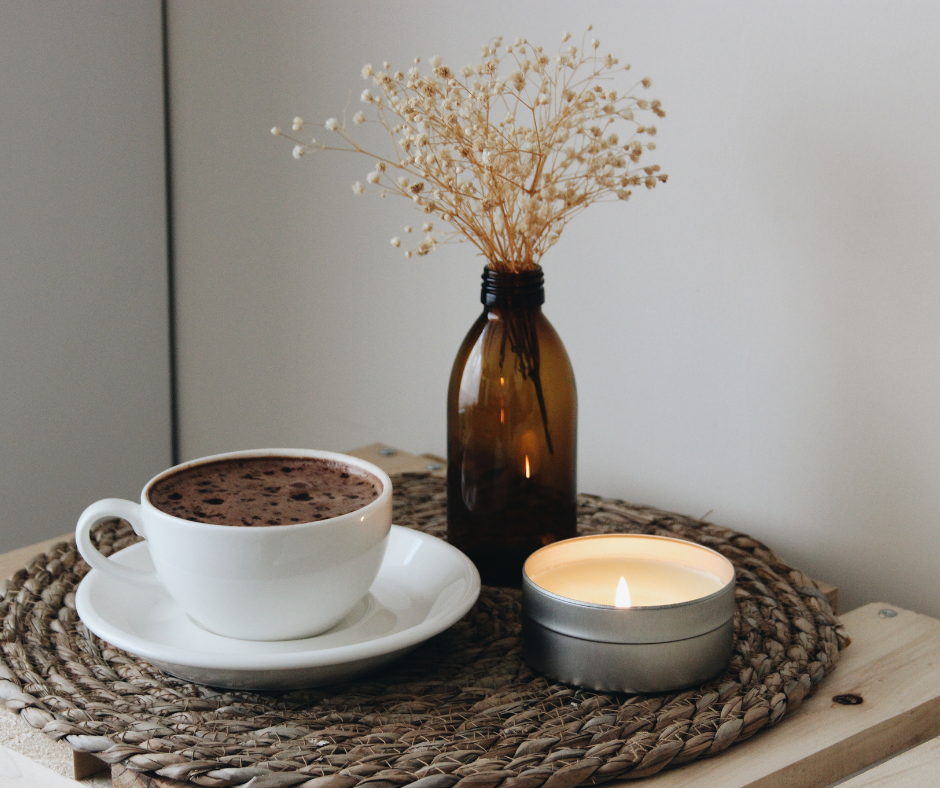

The word “Fika” is a quintessentially Swedish term and concept, which doesn’t have a direct translation in many other languages. Its meaning goes beyond just taking a coffee break; it encompasses a social and cultural ritual of taking a pause in the day to enjoy a cup of coffee or tea, often accompanied by pastries or sandwiches, either alone or with others. Uttered in coffee shops all over Sweden, the word “Fika” is used as both a verb and a noun in today’s world.
Etymologically, the word is interesting. It’s believed to have originated from a 19th-century slang practice of reversing syllable order. The Swedish word for coffee, the word “kaffi” or “kaffe”– was reversed to form “fika.” This playful language inversion was not uncommon in colloquial Swedish and reflects the informal and social nature of Fika as a practice.
In essence, Fika is about more than just the food and drink; it’s about setting aside a moment of quality time. It represents a philosophy of making time for friends and colleagues, for relaxation and reflection, making it a significant aspect of Swedish culture and everyday life.
Fika Throughout History


Its origins are somewhat shrouded by the mists of time, but it is generally believed that the Fika break was initially adopted in the late 18th century. This was a period when coffee, once a luxury, became more accessible to the masses in Sweden. As coffee consumption increased, so did the practice of taking breaks to enjoy this newfound beverage, which eventually evolved into the Fika we know today.
Beginnings as an Upper-Class Activity for the Swedish People
Initially, Swedish Fika was a pursuit of the upper and middle classes. It provided a sophisticated setting for social gatherings where conversations could flourish over cups of coffee and delicate pastries. However, as coffee became more affordable and available in all Swedish cafés, Fika permeated all levels of society. By the 19th century, it had become a common practice across Sweden, a democratic pause where individuals from all walks of life could take a moment for relaxation and refreshment. All could enjoy Fika.
Evolution of Fika


The industrial era further cemented Fika’s role in Swedish life. The demanding daily schedule in factories and the growing emphasis on efficiency highlighted the need for regular breaks. Fika provided these much-needed intermissions in the morning and late afternoon, fostering a sense of community and well-being among workers. This was not just a break for sustenance; it was, and still is, a social institution, a part of the day dedicated to relaxation and conversation.
As time progressed, Fika continued to evolve. What began as a simple coffee break transformed into a daily ritual, deeply embedded in Swedish social and work culture. It encompasses more than just the act of drinking coffee; it’s about taking a moment to pause, indulge your sweet tooth, and enjoy the company of others or the tranquility of solitude.
In modern Sweden, Fika remains a cherished tradition. It’s a practice that cuts across various aspects of life, from family gatherings to workplace environments. From one Swedish café to the next, the Fika break is a time-honored tradition.
An Enduring Tradition


The underlying ethos of Fika — to pause, connect, and enjoy the moment — has remained constant, even as the world around it has changed. This enduring tradition, with its rich historical tapestry, continues to be a significant part of Swedish culture, symbolizing the nation’s love for coffee, companionship, and the simple pleasures of life.
Fika in Contemporary Swedish Society: Its Role and Significance in Daily Life in Sweden
In contemporary Swedish society, Fika transcends mere coffee consumption, embodying a moment of collective pause that is integral to both social and professional settings. Typically, a traditional Fika involves savoring coffee or tea, often accompanied by pastries like Fika bread, cinnamon buns (kanelbullar), or cookies (pepparkakor), in a setting that encourages relaxation and conversation. To learn more about the delicious desserts offered during a traditional Swedish Fika, check out this article from Sweden’s tourist board.
This practice goes beyond food and drink; it’s a cultural ritual that fosters connection, reflection, and a much-needed break from the day’s activities, reinforcing the value Sweden places on balancing work with leisure and community.
Fika as a Mindfulness Practice
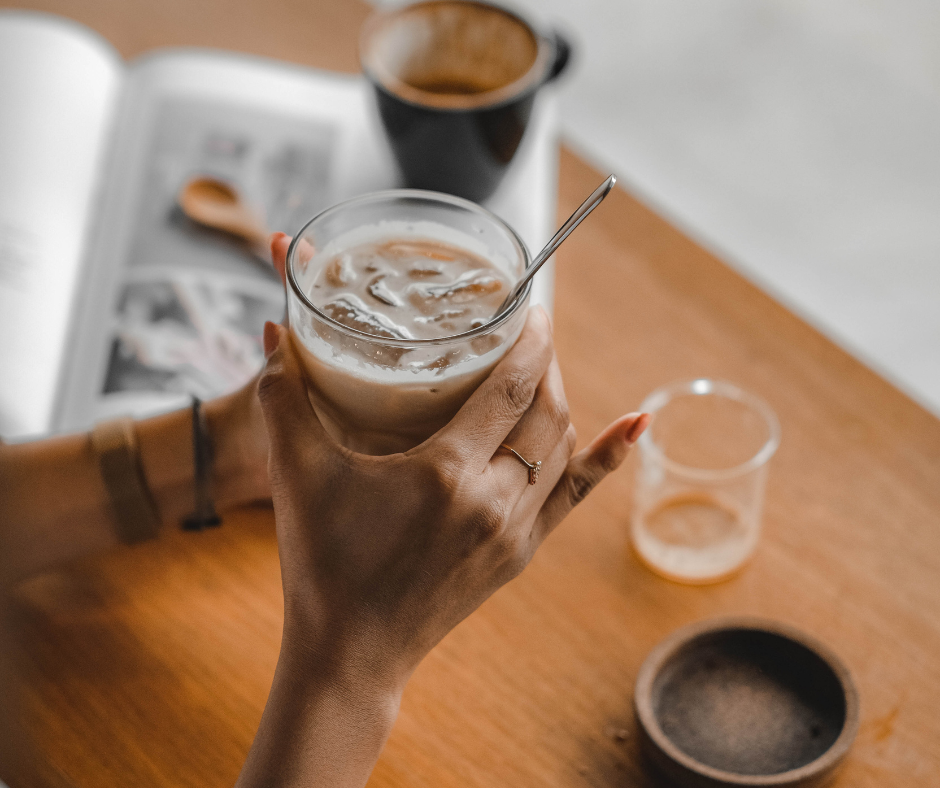

Mindfulness, a practice emphasizing present-moment awareness with a non-judgmental stance, finds a unique expression in the Swedish tradition of Fika. This tradition encourages individuals to step back from their daily grind, fostering an environment of relaxation and presence.
In essence, Fika is not just about enjoying a coffee; it’s about immersing oneself in the experience, acknowledging the aroma, taste, and the company, if present. This practice aligns with the core principles of mindfulness, steering attention to the present and away from the incessant buzz of past worries or future anxieties. Psychologically, this diversion offers significant benefits.
Engaging in regular Fika breaks can lead to reduced stress levels, as it allows for mental decompression, and enhances overall mental health by providing a space for calm and centeredness. Additionally, when shared, Fika serves as a conduit for fostering social connections, creating opportunities for meaningful interactions that are vital for emotional well-being.
Adapting Fika for the Holiday Season
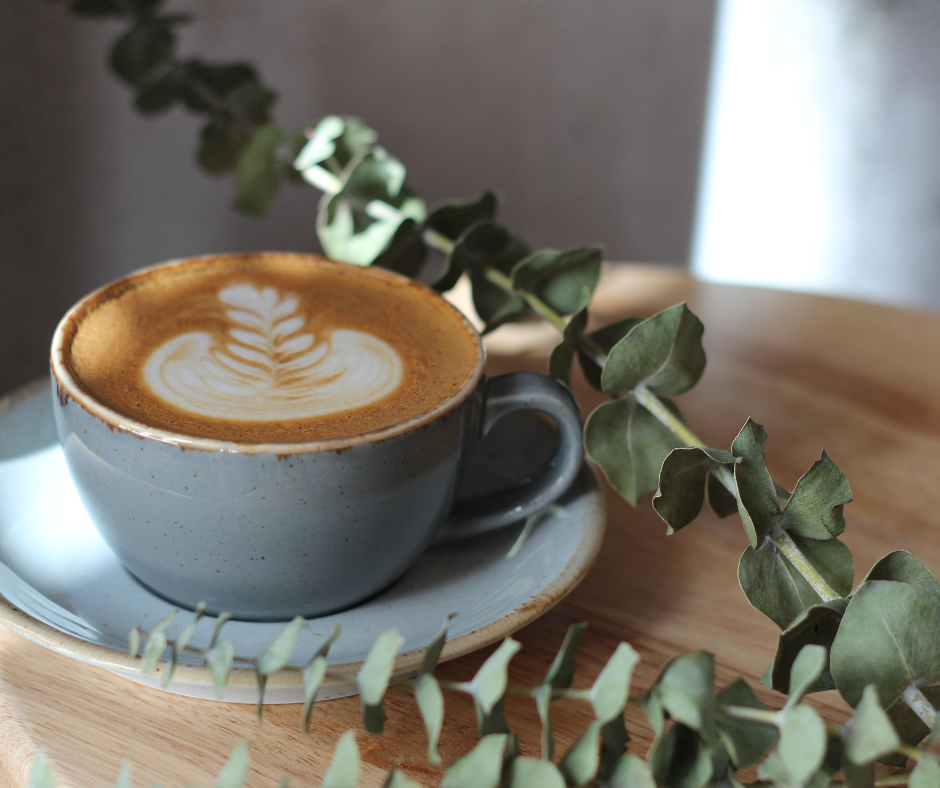

The holiday season, while festive, often brings with it a unique set of stressors: packed schedules, family dynamics, and the pressure of traditions and preparations. In this context, adapting the Swedish Fika to holiday routines emerges as a practical strategy for alleviating stress.
Integrating Fika into holiday traditions could be as simple as scheduling regular breaks for coffee and contemplation amidst the holiday hustle, or as elaborate as hosting a Fika-themed gathering. These intentional pauses not only provide a respite from the flurry of activities but also offer an opportunity to practice mindfulness during a typically hectic time.
To enhance mindfulness during the holidays, one can focus on the sensory experiences of Fika – the warmth of the drink, the taste of seasonal treats, the comfort of companionship – thereby fostering a connection to the present moment. This deliberate slowing down not only counters the holiday rush but also cultivates a sense of groundedness and appreciation for the simpler joys of the season.
More Than Just a Coffee Break: Crafting the Perfect Holiday Fika
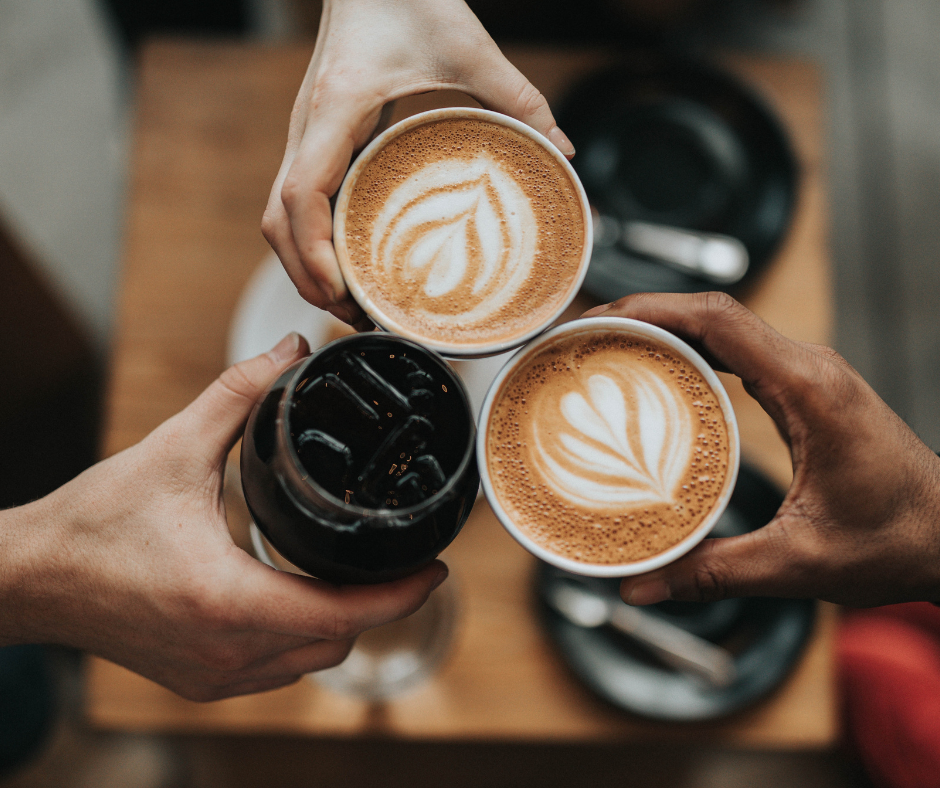

Crafting the perfect holiday Fika hinges on creating an atmosphere that is as inviting as it is reflective of the season’s spirit. Setting the scene for a holiday Fika involves cultivating a cozy ambiance, perhaps with soft lighting, comfortable seating, and subtle holiday decorations to evoke a sense of warmth and festivity.
The essence of the season can be captured through holiday-themed foods and beverages; think spiced coffee, hot chocolate, gingerbread, or saffron buns. These selections not only tantalize the taste buds but also contribute to the overall sensory experience of the Fika.
Additionally, an inclusive Fika should consider various dietary preferences and cultural backgrounds. Offering alternatives such as non-dairy milks and gluten-free pastries, and incorporating treats from different cultural traditions can make a special occasion more welcoming and enjoyable for everyone.
By paying attention to these details, the holiday Fika becomes a harmonious blend of comfort, celebration, and inclusivity, making it a cherished pause during the festive season.
Fika as a Social Connector During the Holidays
Fika, traditionally a personal respite, transforms into a potent social connector in group settings, especially during the holidays. This Swedish tradition can enhance social interactions by providing a structured yet relaxed setting for people to converge and converse over coffee and treats like cinnamon rolls, chocolate balls, and other baked goods.
Sharing stories and testimonies of Fika experiences often reveals its unifying power; anecdotes abound of relationships deepened and new connections formed over these shared breaks. To host a successful holiday Fika gathering, practical considerations include choosing a comfortable and spacious setting, preparing a variety of beverages and snacks to cater to different tastes, and perhaps incorporating elements like gentle background music or holiday-themed decorations to create a festive ambiance.
Encouraging an atmosphere of openness and inclusivity can further enrich the social experience, allowing guests to unwind and engage with each other in a more meaningful way, strengthening bonds and creating new ones in the spirit of the season.
Beyond the Mug: Extending the Fika Mindset
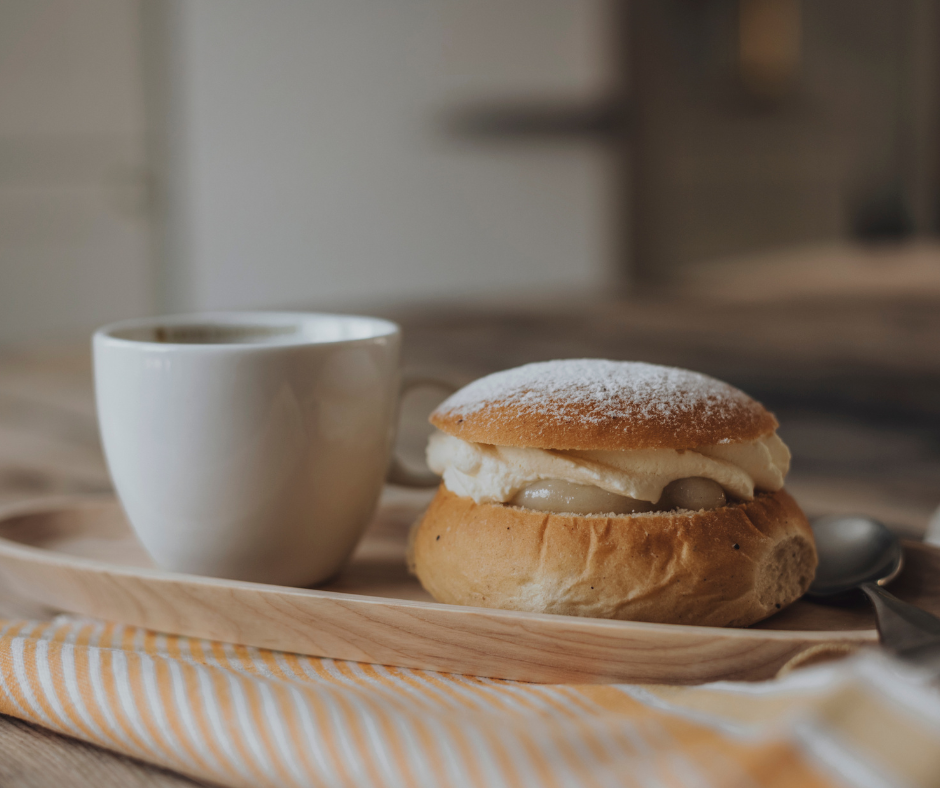

Adopting the Fika mindset extends far beyond the holidays, offering valuable lessons for daily life and relationships. Encouraging readers to integrate Fika as a daily practice underscores the importance of taking intentional breaks, not just as a respite but as a tool for enhanced mindfulness and well-being.
The principles of Fika – pausing, savoring, and connecting – can significantly improve everyday living. They teach us to slow down, appreciate the small moments, and foster deeper connections with those around us. These principles extend far beyond the Swedish style; many cultures have similar practices that promote mindfulness and community.
Fika Beyond Sweden
For instance, the Japanese tea ceremony emphasizes presence and attention to detail, while the Italian riposo focuses on relaxation during the day. Recognizing these global parallels underscores a universal need for mindfulness and social connection, illustrating how simple practices like Fika can have profound impacts on our lives, transcending geographical and cultural boundaries.
Final Thoughts on the Coffee and Cake Custom


Fika, much more than a mere coffee break, is a testament to the art of pausing, savoring, and connecting, making it particularly relevant during the often hectic holiday season. This Swedish tradition offers a blueprint for a more mindful, relaxed, and socially connected holiday experience.
By integrating Fika into our holiday routines and potentially extending it into our daily lives, we open ourselves to the benefits of mindfulness and strengthened community ties. As this article draws to a close, readers are encouraged to not only embrace the Fika tradition but also to share their experiences and insights.
Whether it’s a story of a holiday Fika bringing family members closer, or how incorporating Fika into daily life has improved well-being, these shared narratives can inspire and enrich the collective understanding of this humble, yet powerful, practice.








